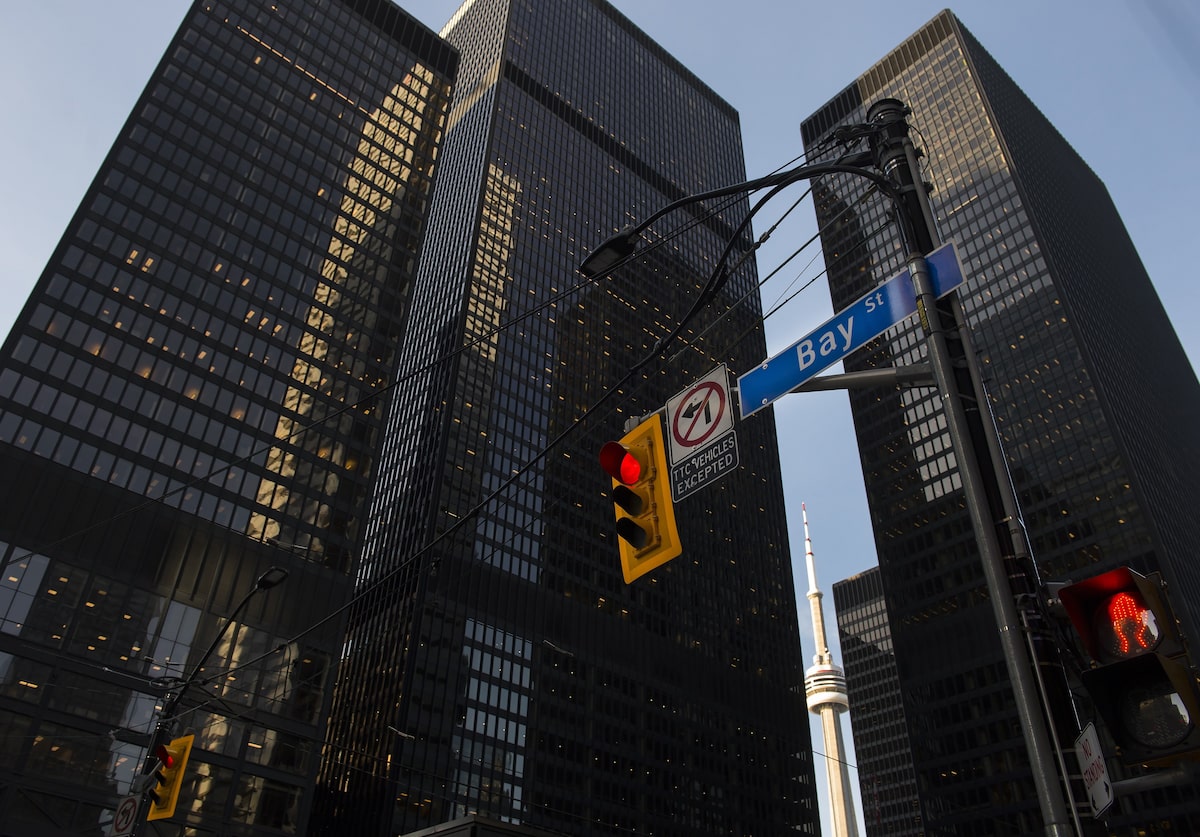Bussiness
Why it’s time to join the crowds leaving a former favourite parking spot for investing cash

Investors are starting to bail on high interest savings ETFs, and it’s the right move.
Exchange-traded funds holding their assets in big bank savings accounts were a massive hit when interest rates were rising because their yields are directly influenced by the Bank of Canada’s overnight rate. Also, in uncertain times, these ETFs offered a refuge from stock and bond turbulence.
Now, strong results from stocks and expectations of better bond returns are enticing investors into taking on more risk. In its April summary of the ETF market, National Bank Financial said investors switched out of the cash-like category “en masse.”
NBF said part of the reason for this shift is a regulatory change that had the effect of lowering the yield from high interest savings ETFs by 0.3 to 0.5 of a percentage point. Better returns are now available from money market ETFs, which have continued to draw assets in recent months.
Investor decision-making about high interest savings ETFs may also be influenced by expectations for rate cuts by the Bank of Canada as soon as June 5 or July 24. Those are the two next rate-setting dates for the bank.
High interest savings ETFs now yield around 4.8 per cent. How low could returns on these funds go in the months ahead? Capital Economics recently said it expects the Bank of Canada to lower the overnight rate from the current 5 per cent to 3.75 per cent by the end of this year and to 2.50 per cent next year. Expect each cut in the overnight rate to be reflected in the return of high interest savings ETF.
Money market ETFs now offer about 5.2 per cent. Expect that yield to come down in an environment where inflation is subsiding and the Bank of Canada is lowering rates, but perhaps not as predictably as with high interest savings ETFs.
Earning around 5 per cent on low-risk investments like money market ETFs is defensible in the near term. But a diversified portfolio can easily be expected to outperform in the years ahead. The investors selling high interest savings ETFs in April seem to have realized this.


)






